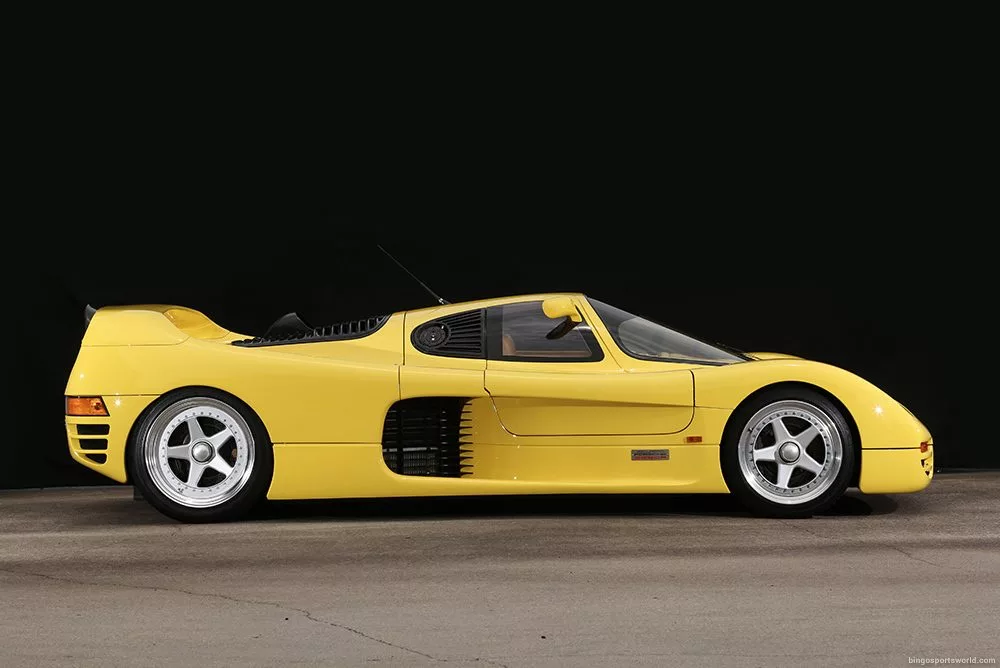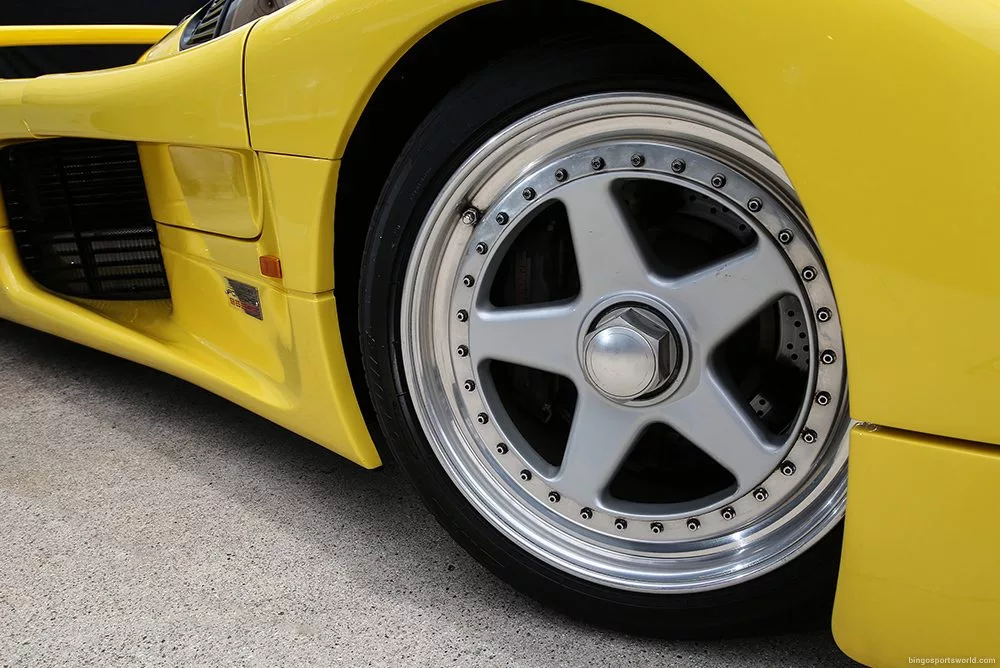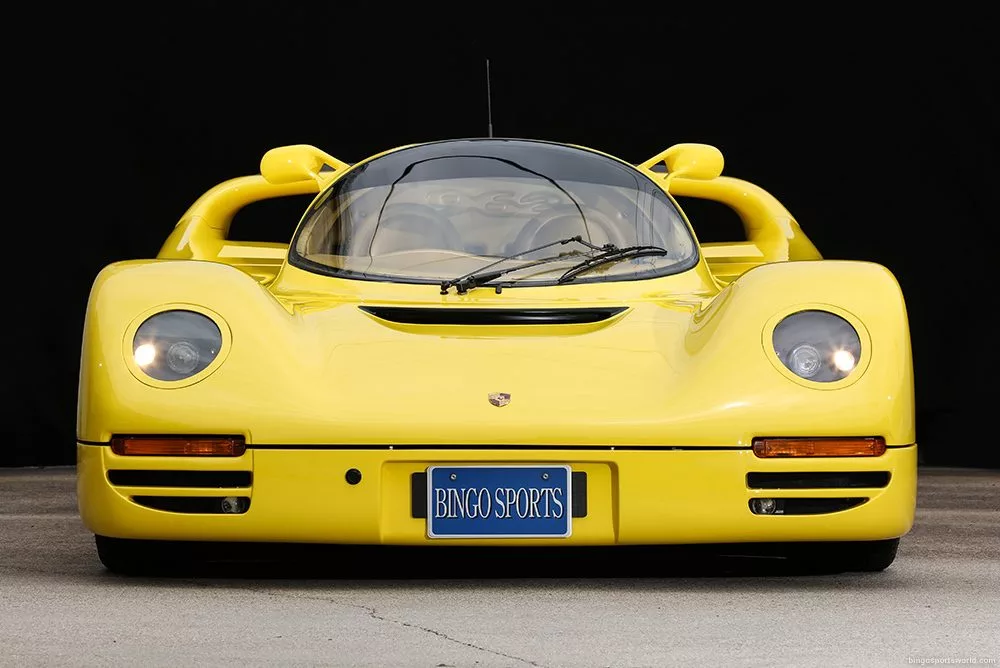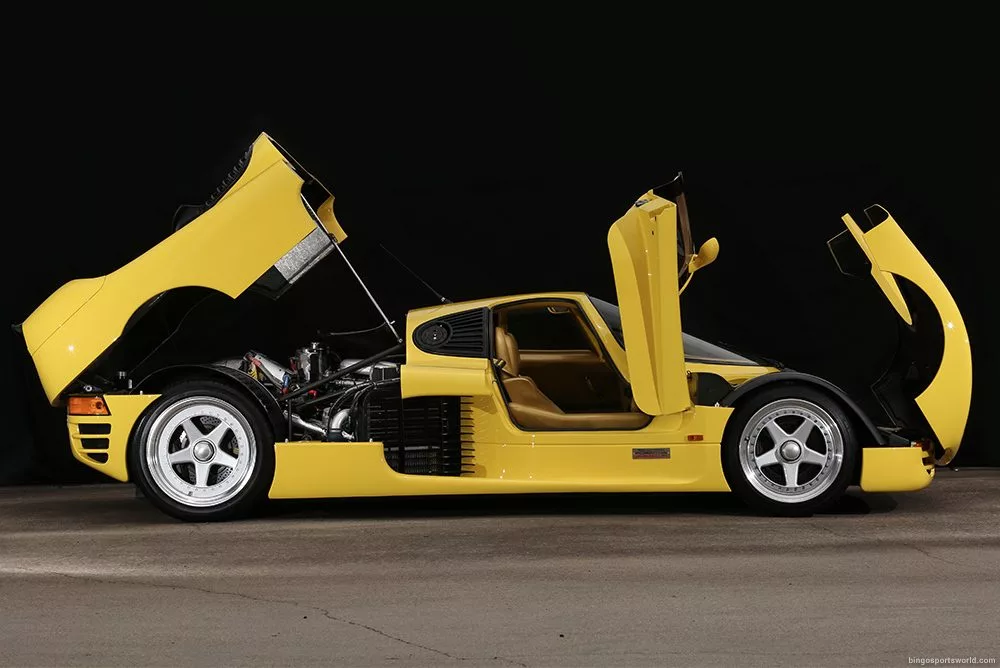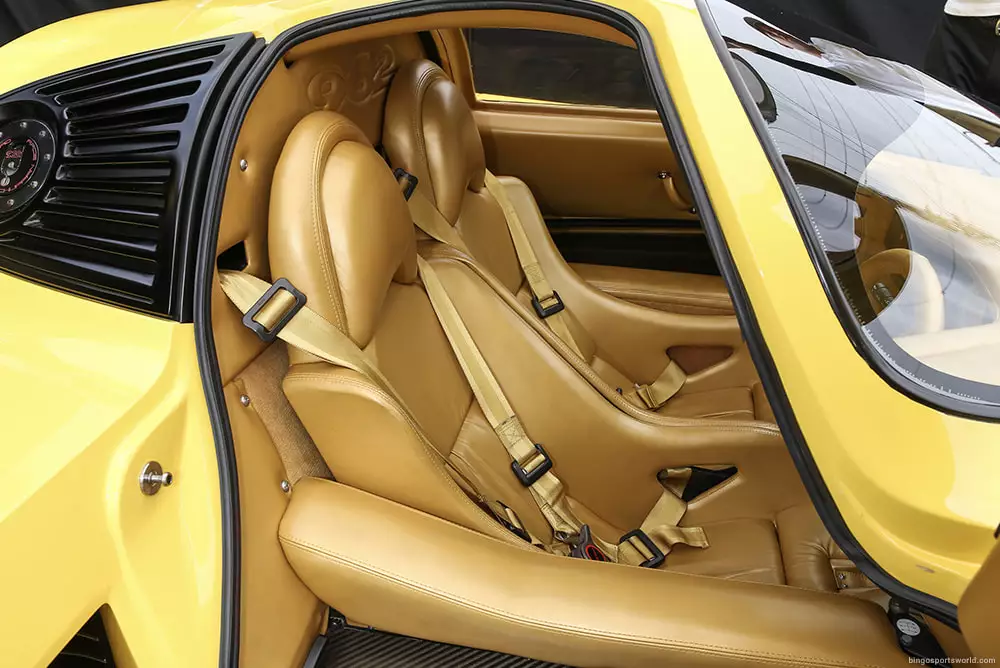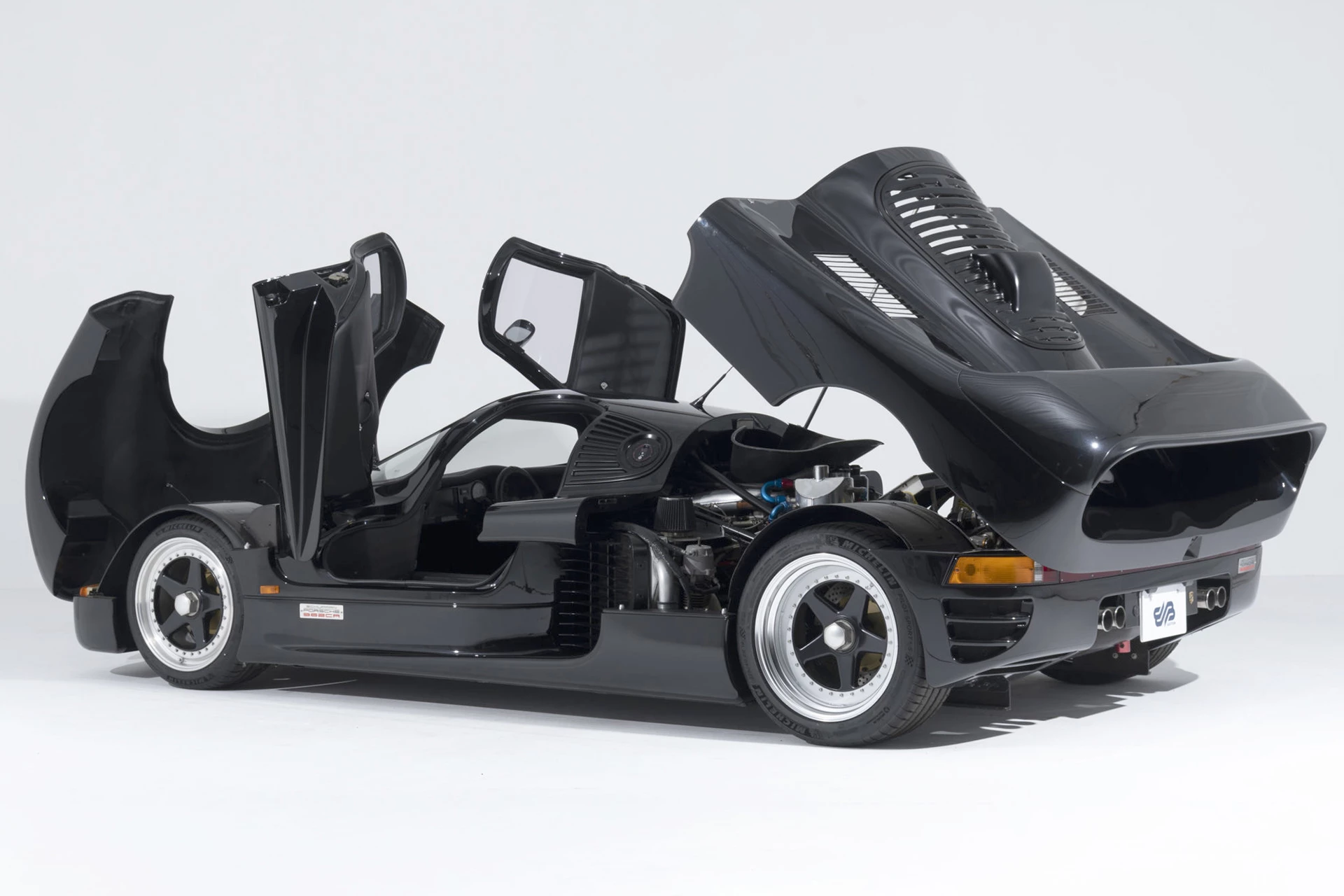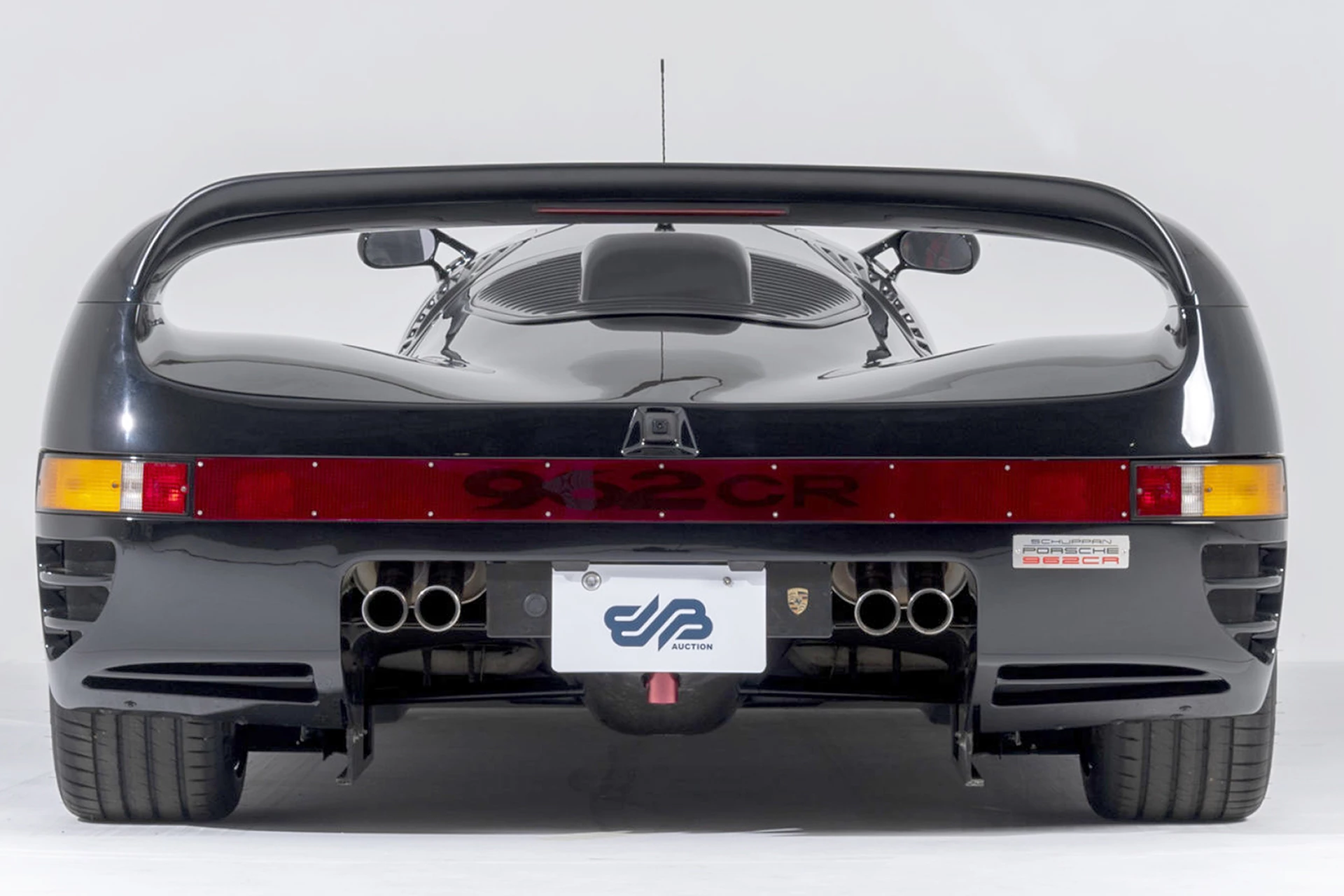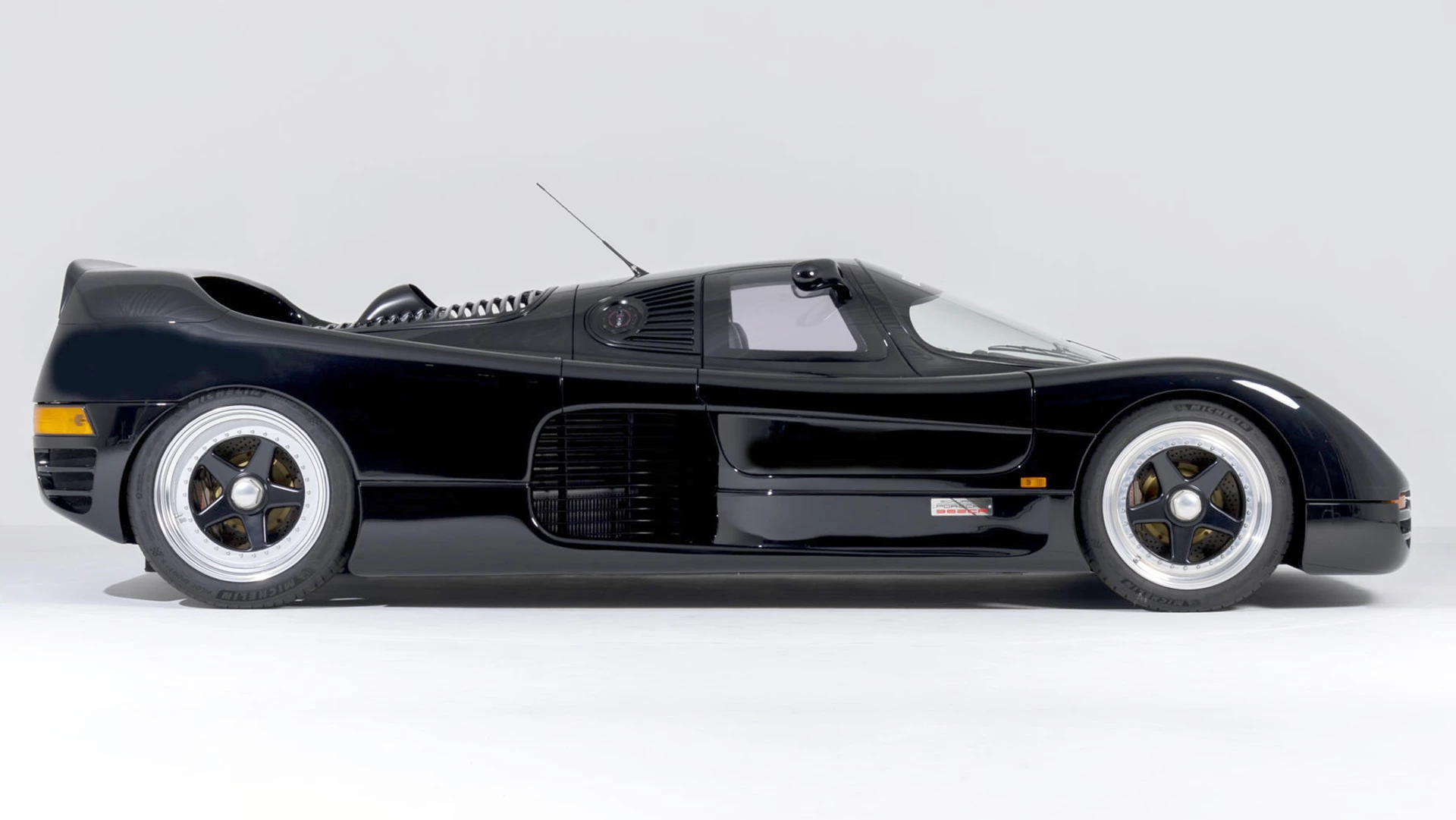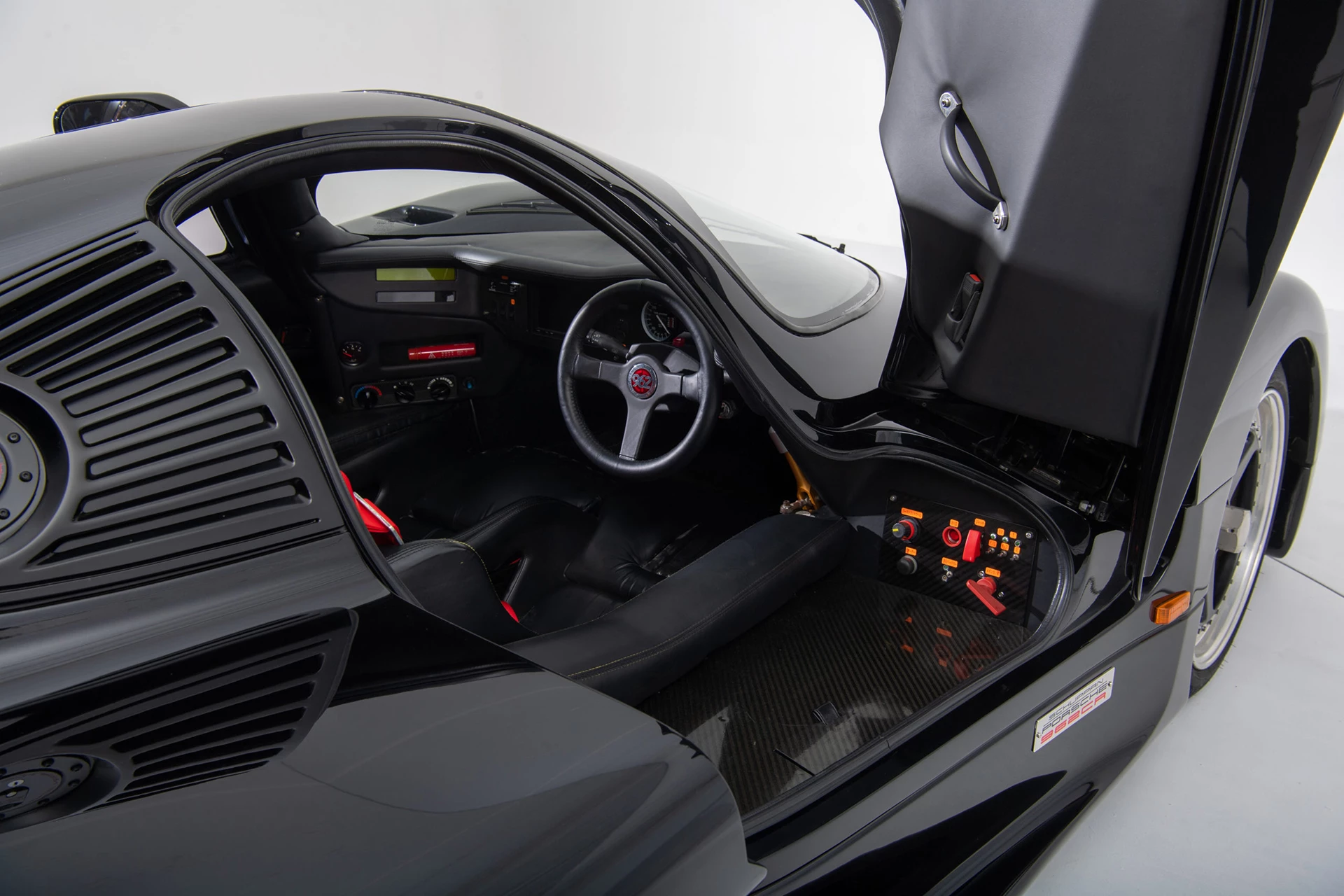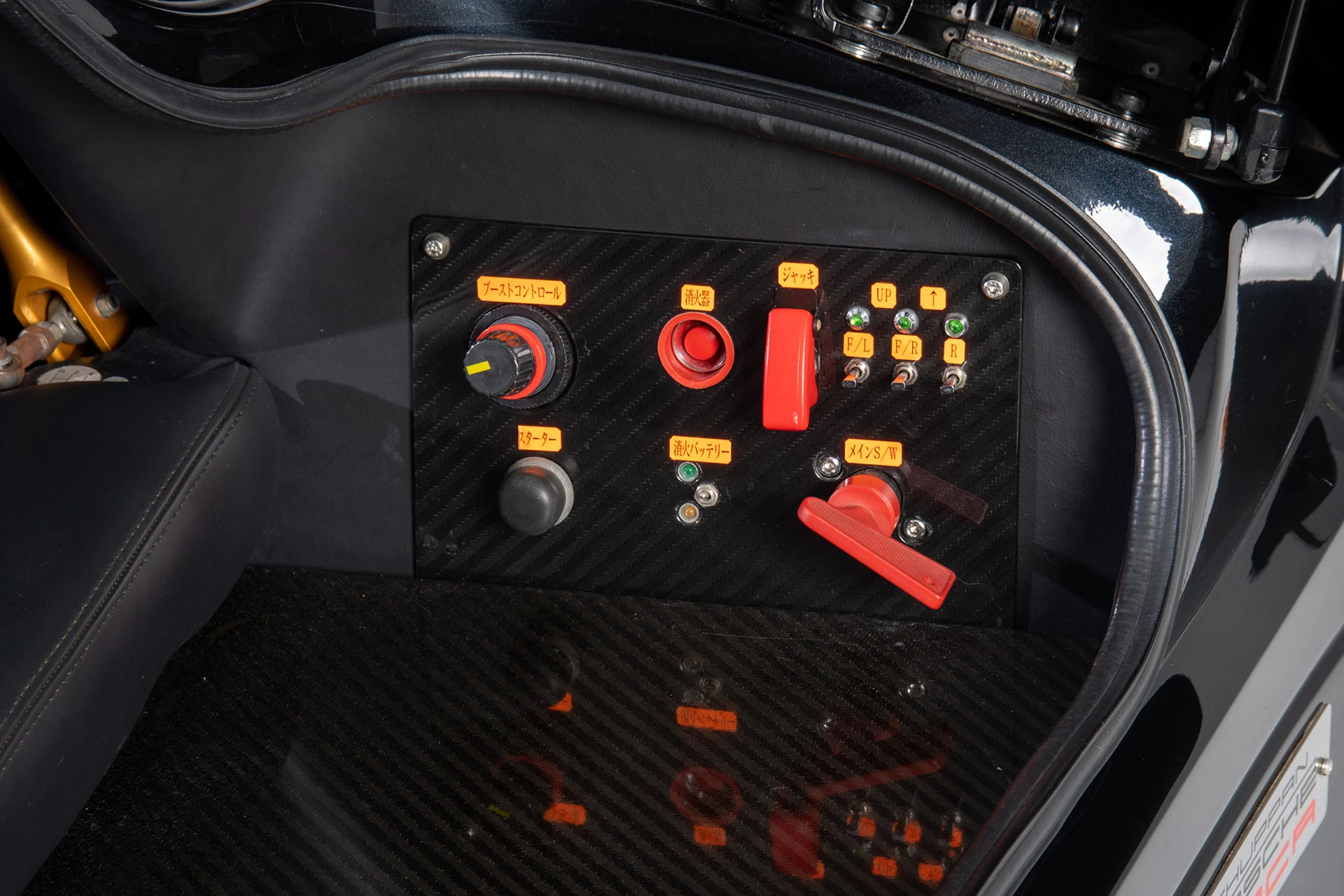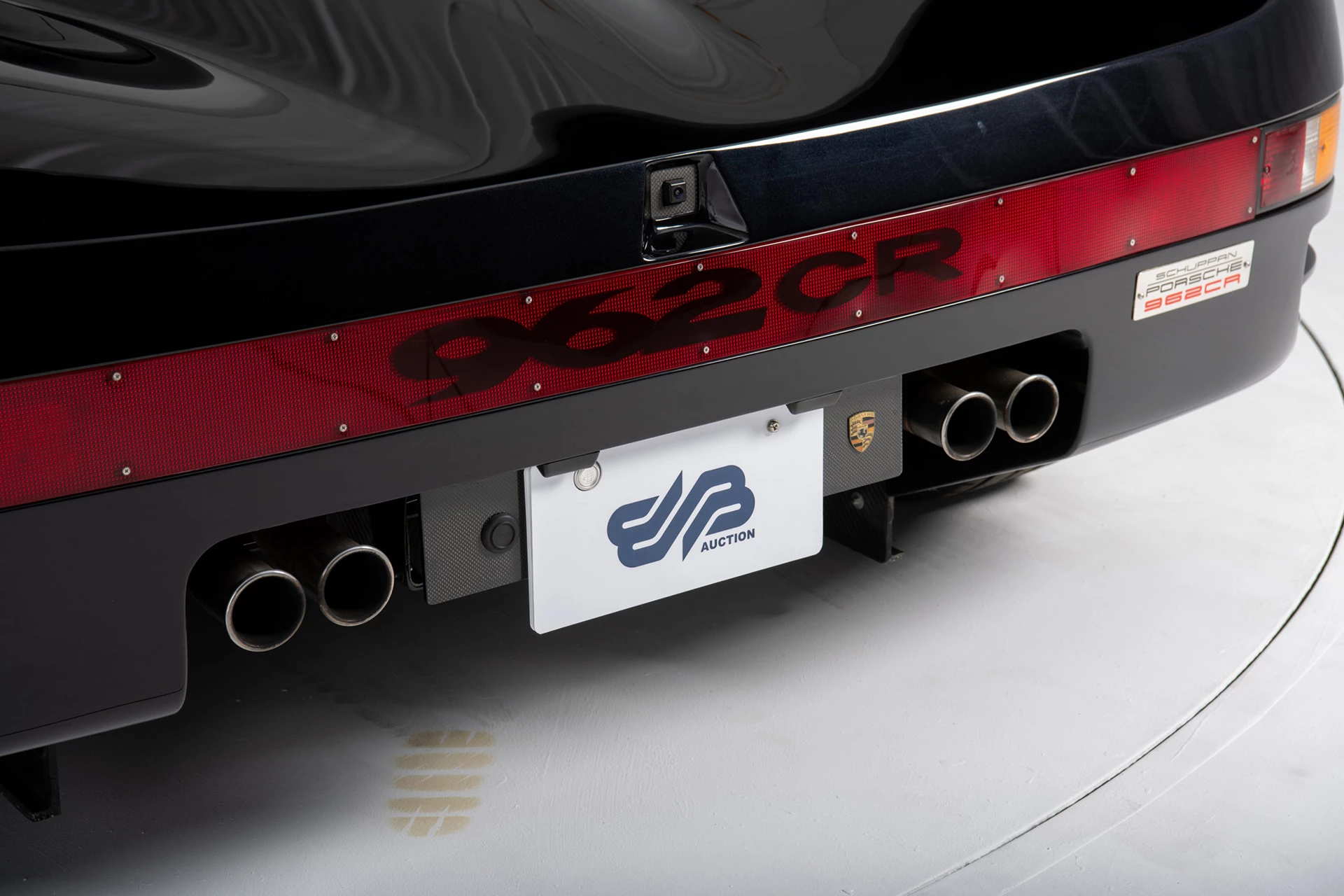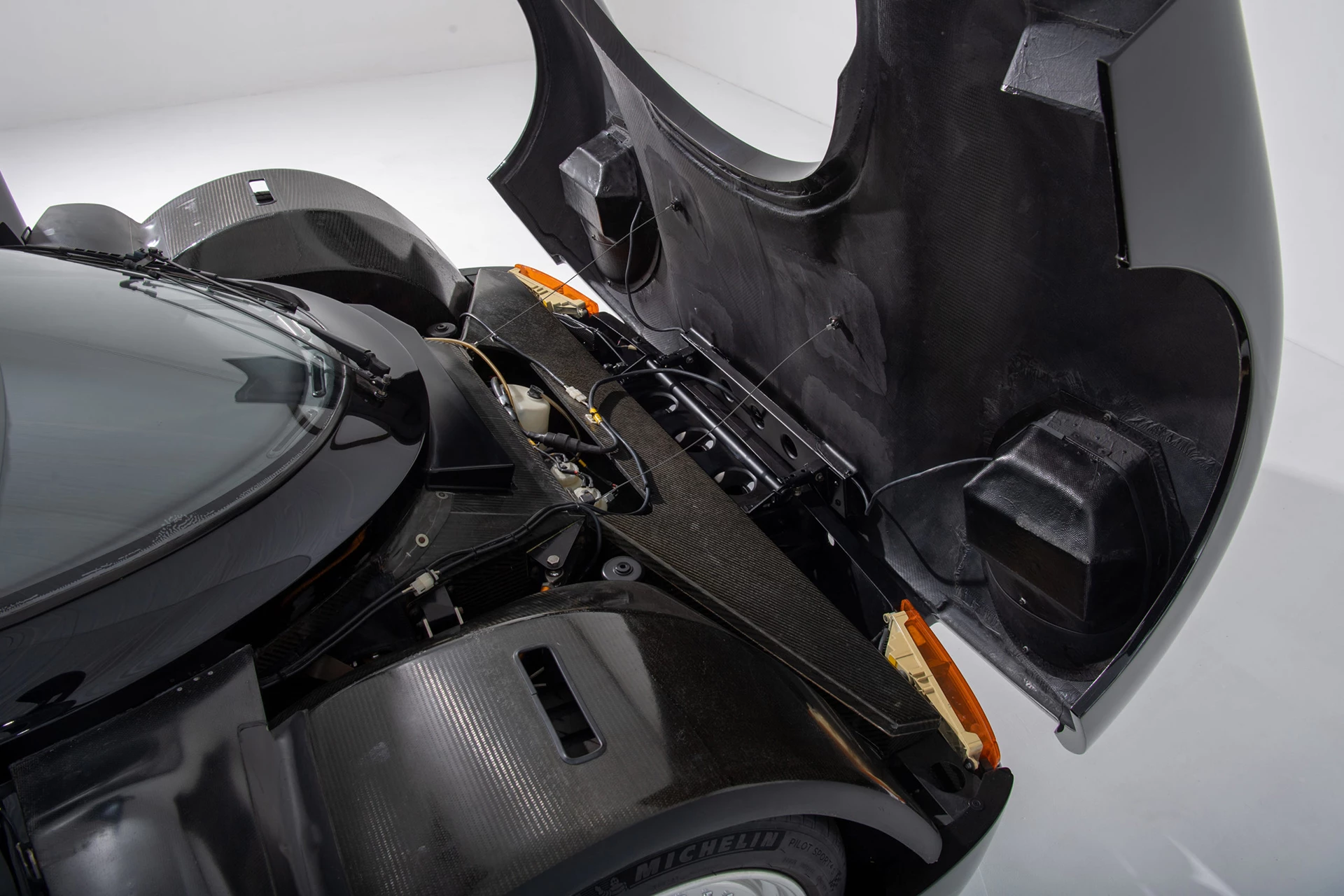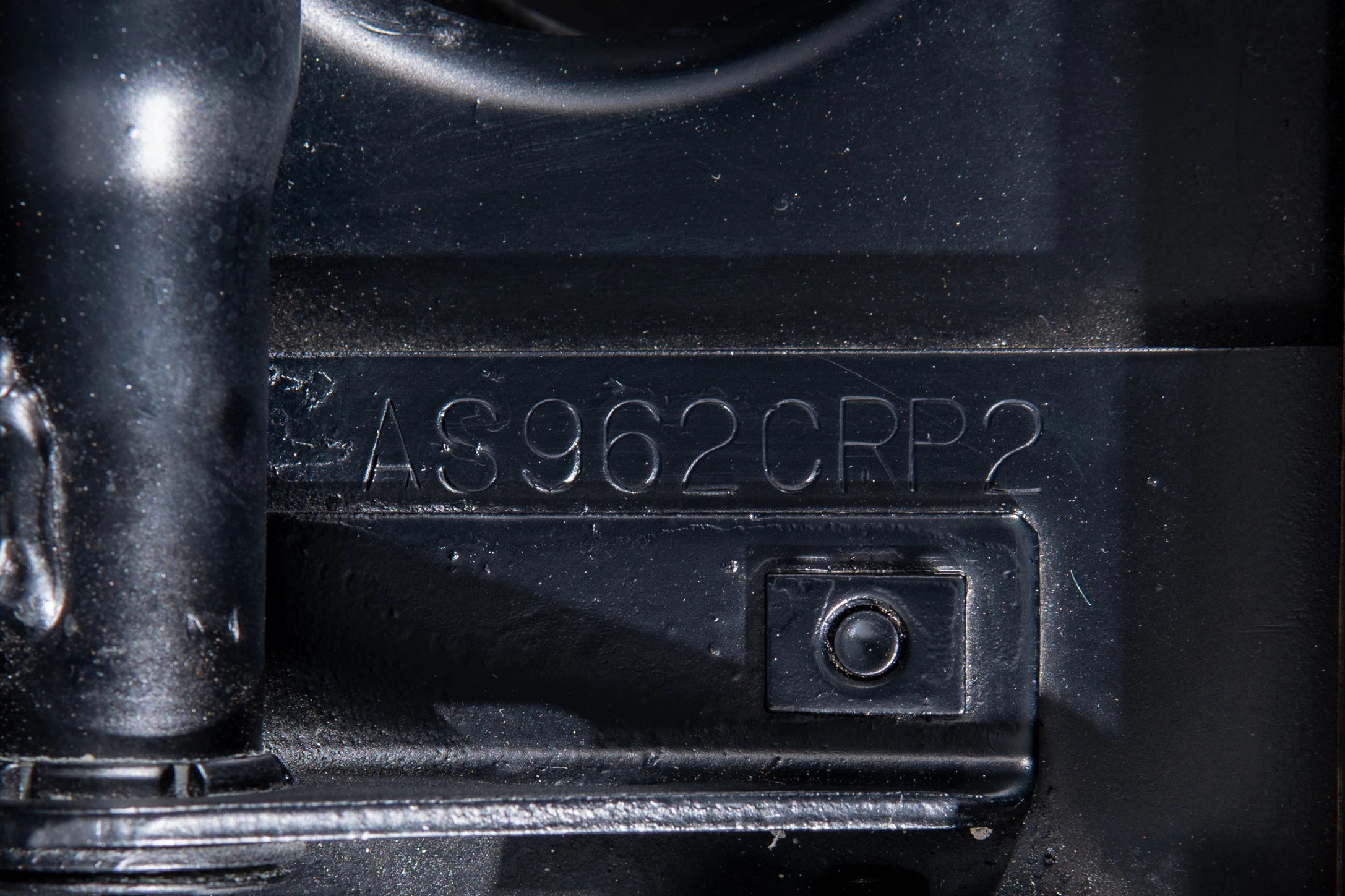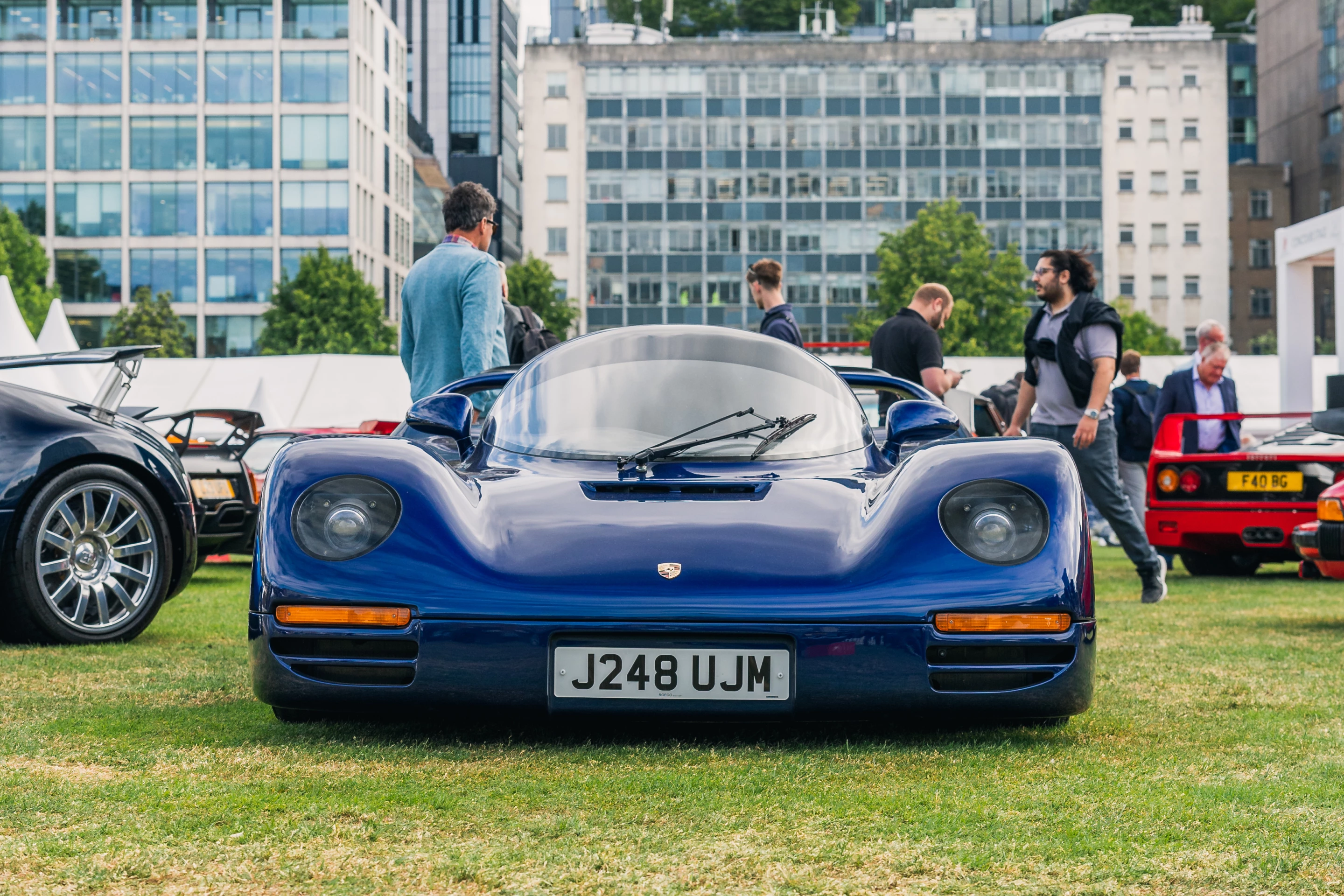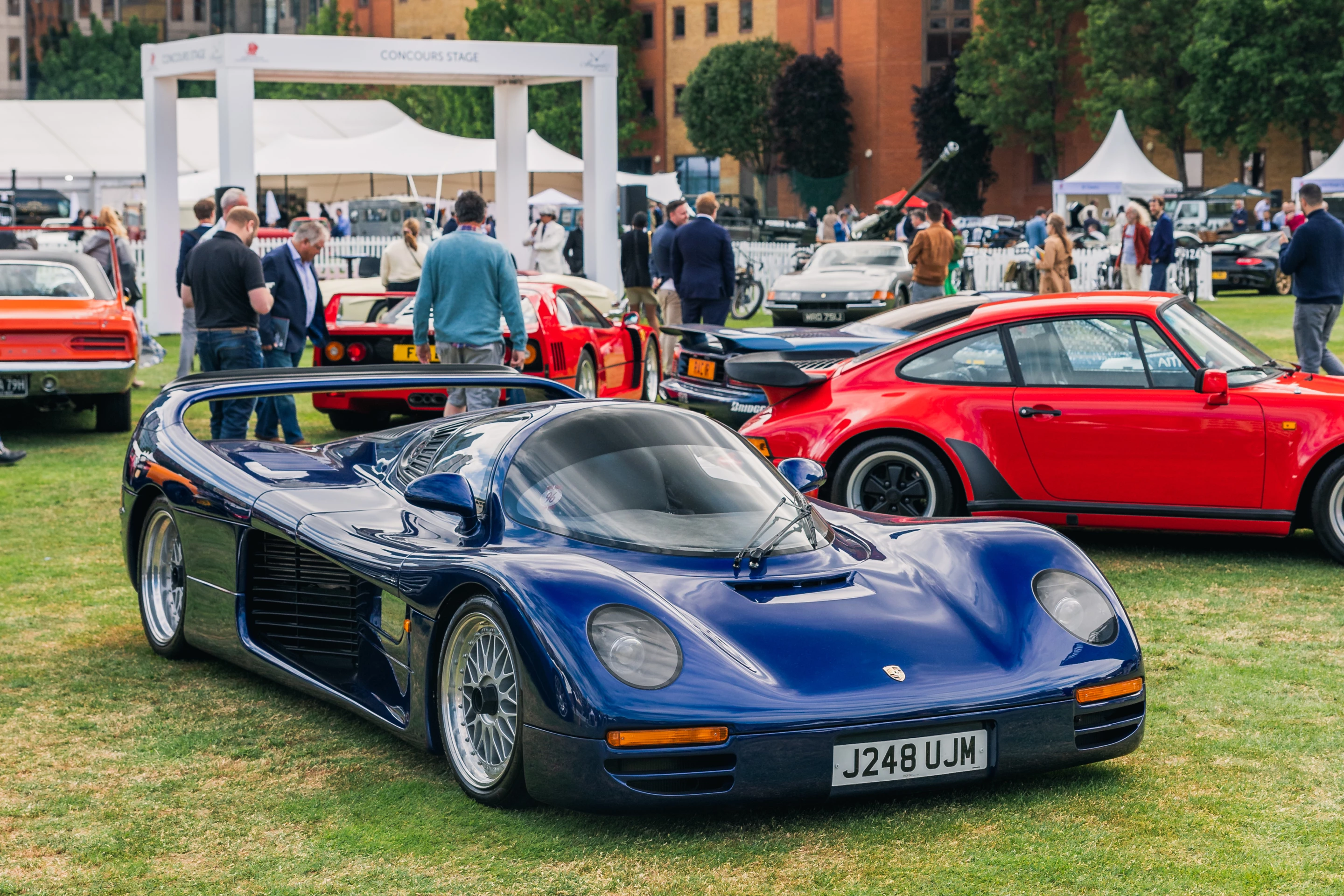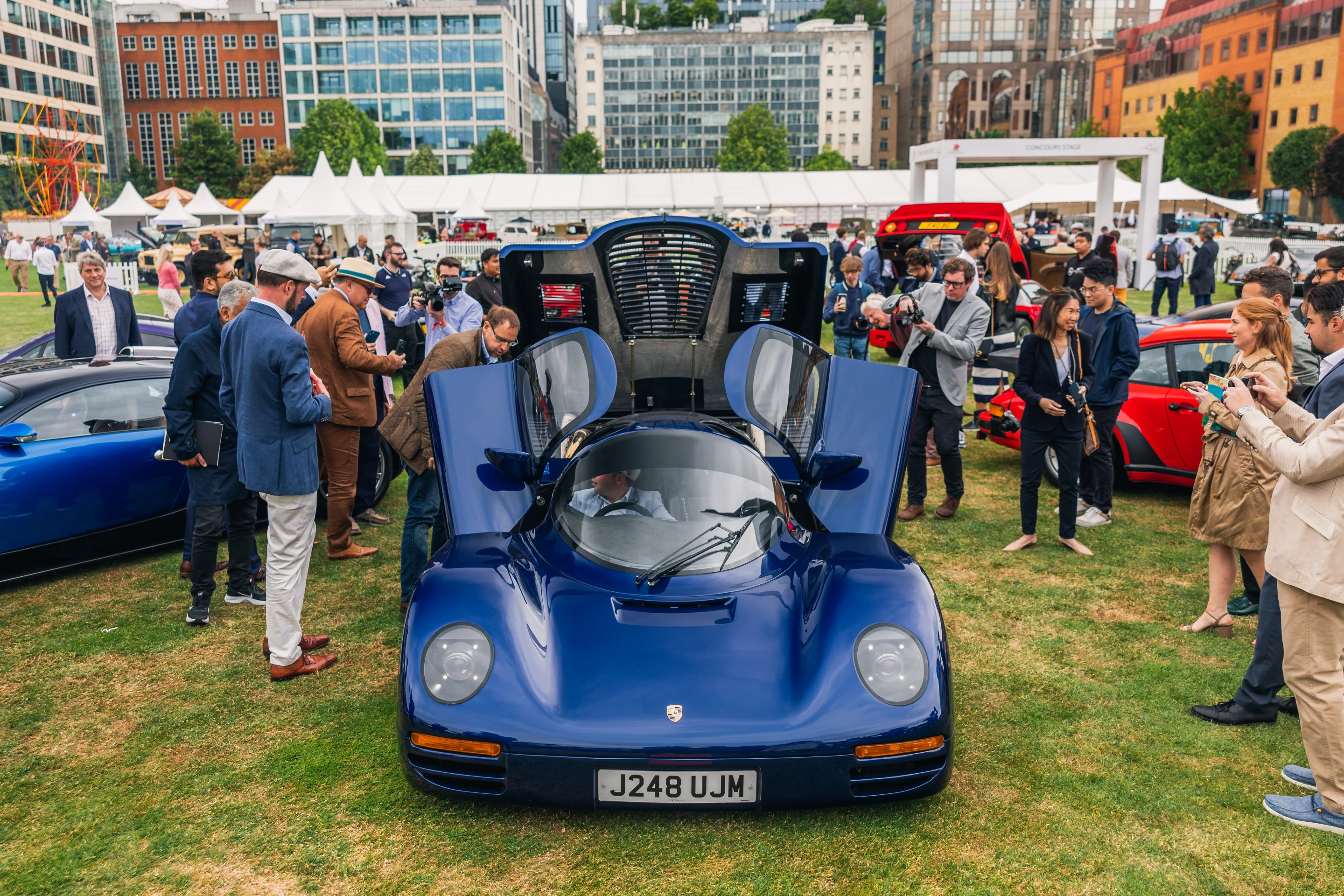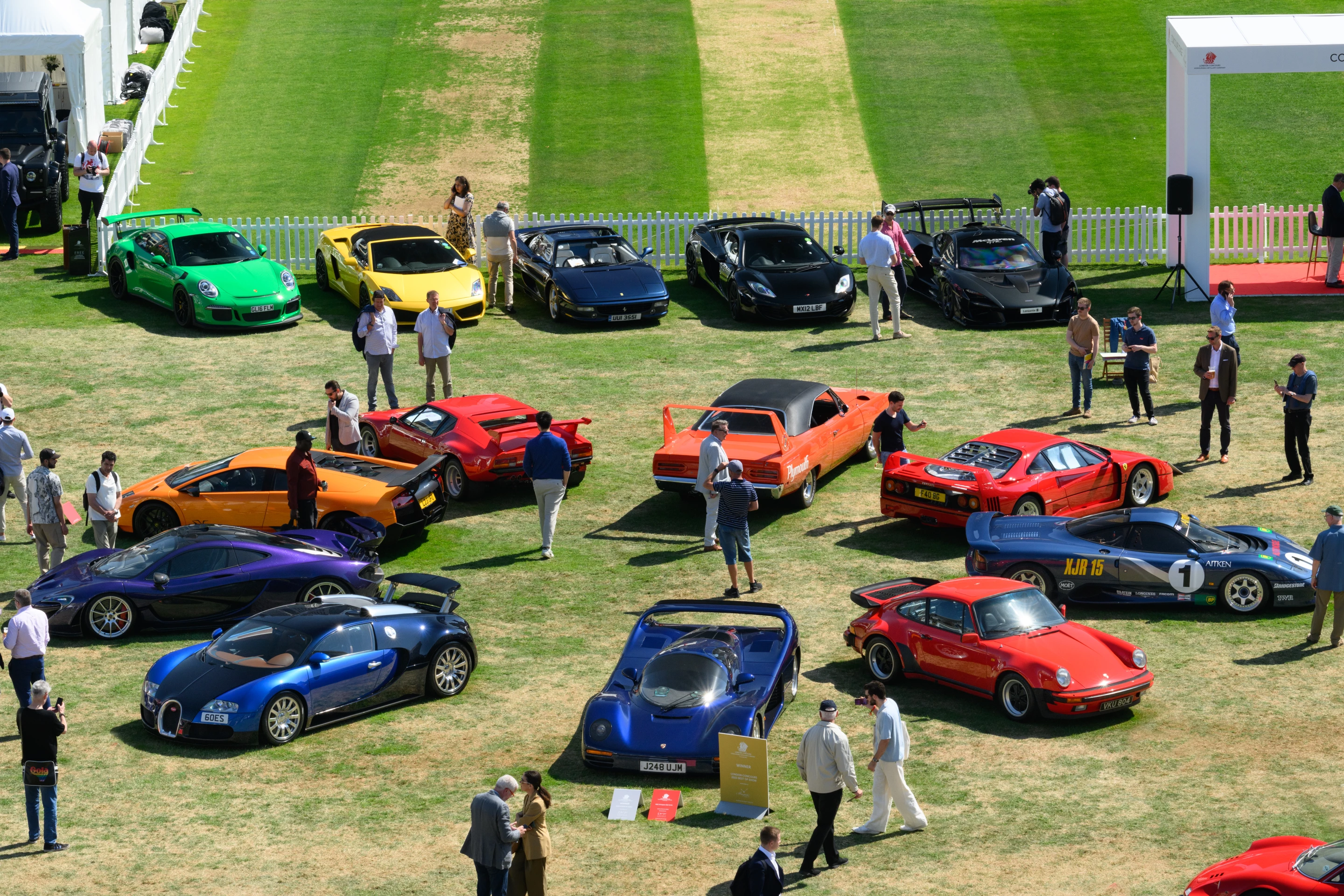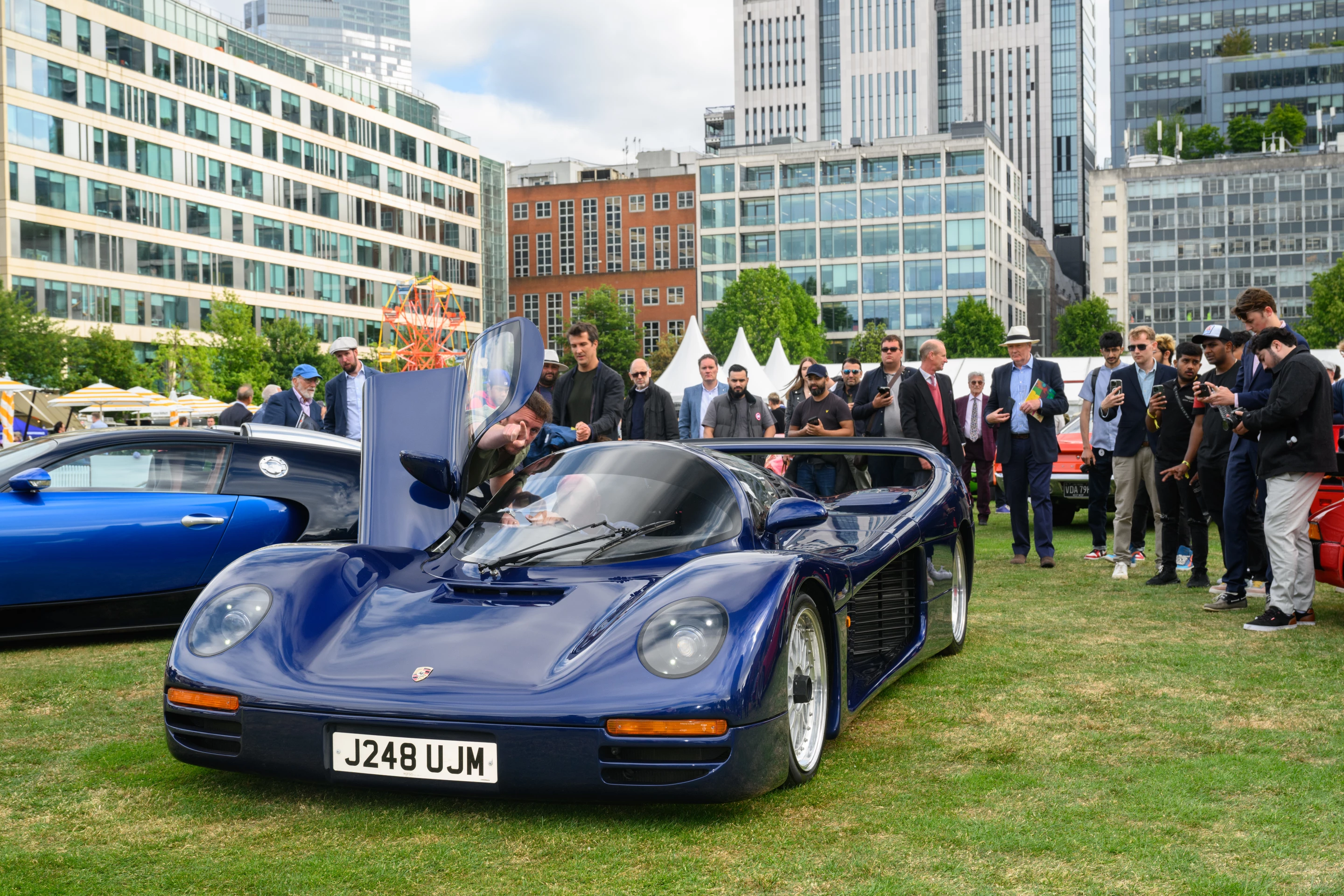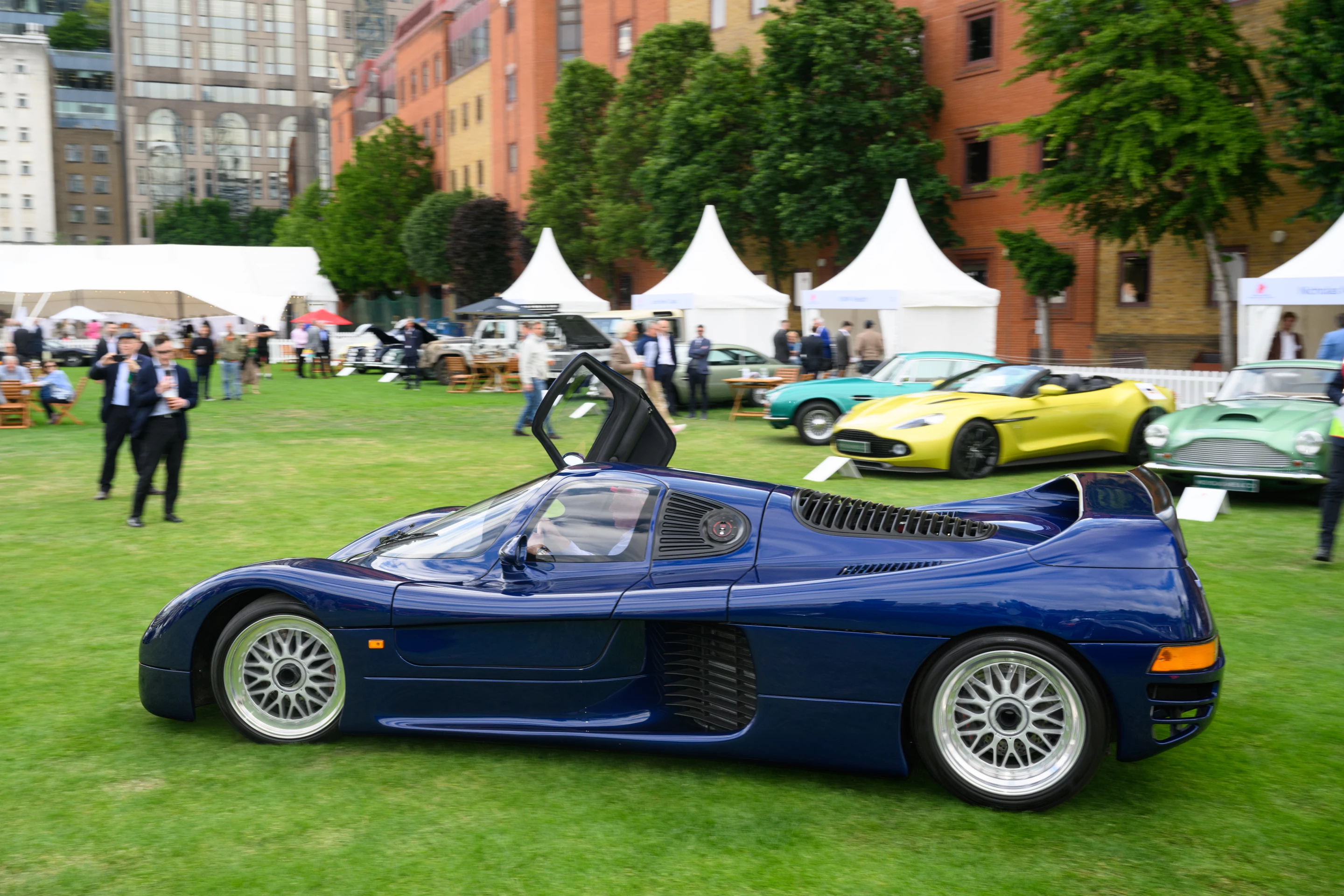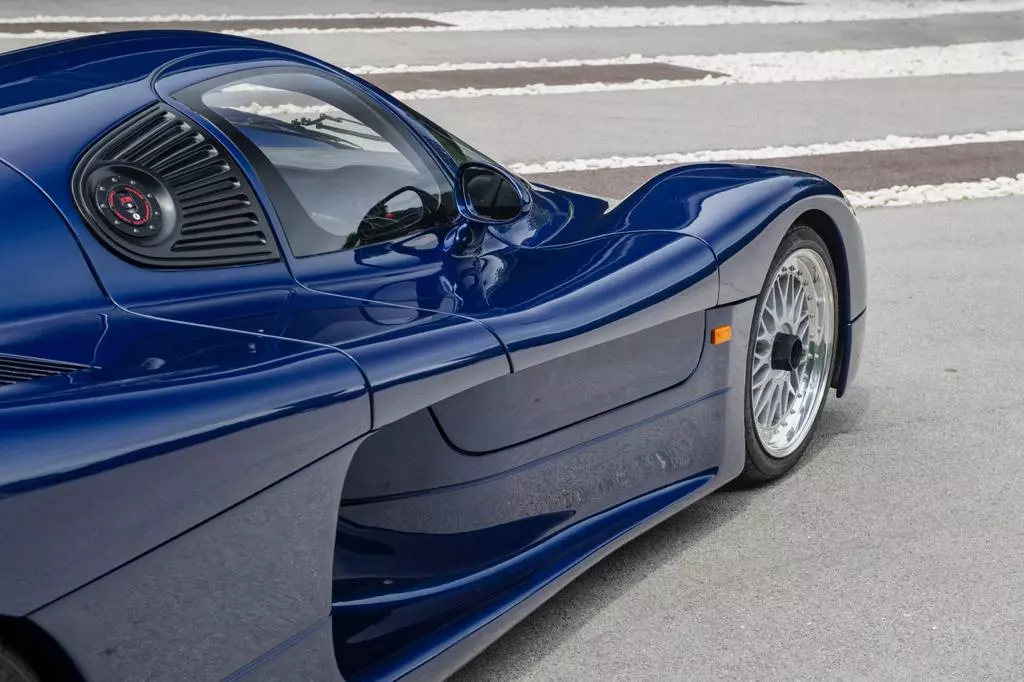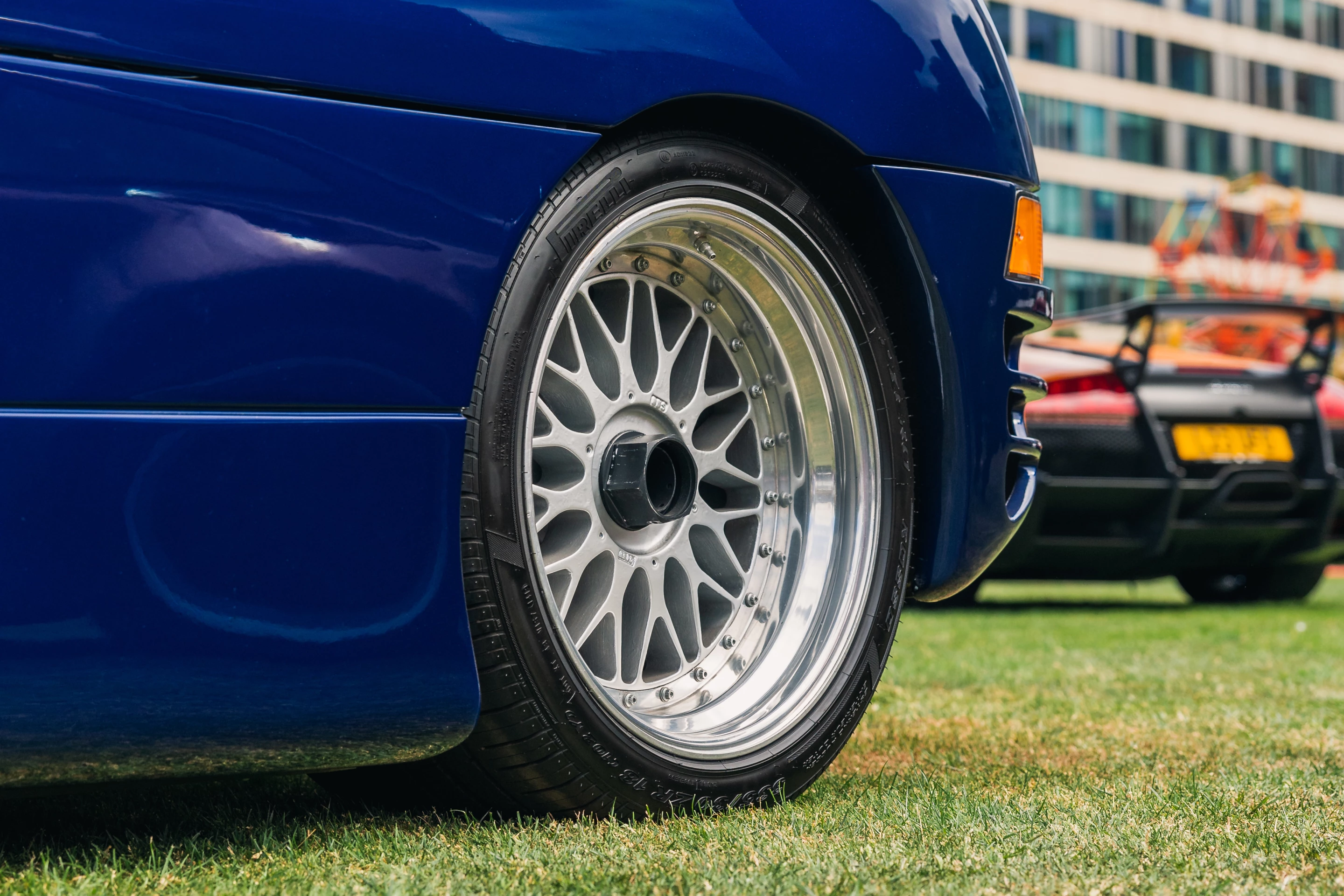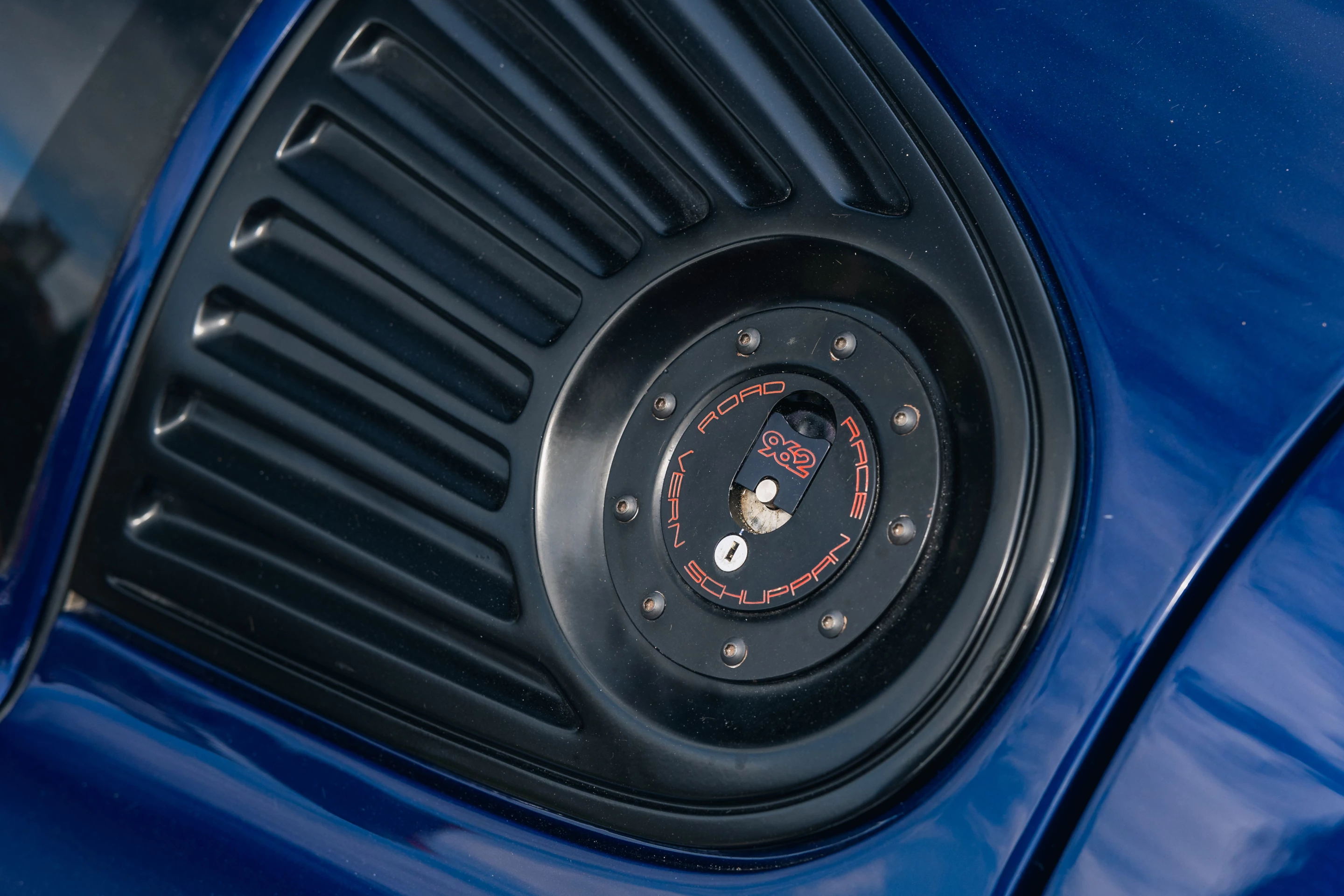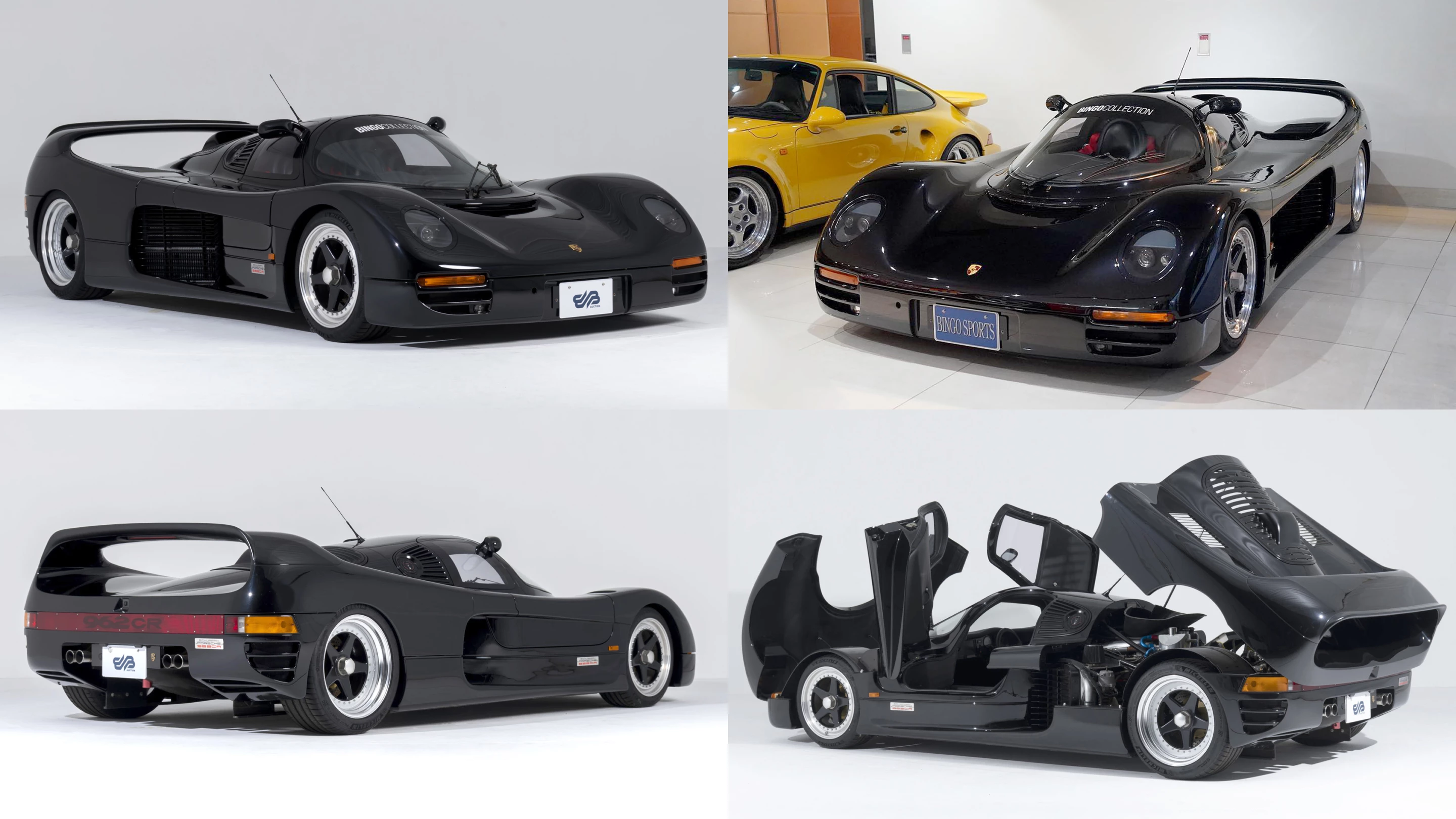Just as Duesenberg, Auburn and Cord were undeserving victims of the Great Depression, the Schuppan marque’s demise was wholly due to the economic upheavals of 1992 and no reflection on the delectable automobile the company produced. Indeed, that same global recession is one of the reasons why the McLaren F1 will now cost you US$20 million, and why Bugatti's second incarnation (Bugatti Automobili S.p.A.) struggled to reach its potential.
The fledgling Schuppan supercar company produced just a handful of lightning-quick, $1.5 million road cars before the company was forced to liquidate in 1994 after its Japanese backers pulled their funding when the Japanese asset price economic bubble burst. Now one of those six rare beasts is on the market in beautiful downtown Tokyo.

The Schuppan 962CR was based on the all-conquering Group C Porsche 962 Racing car, as were several other road car projects that precipitated new marques such as the Dauer 962LM and Koenig C62, and while all of them started out wishing to exploit the performance potential of the Porsche 962 on the road, the Schuppan 962CR produced the best road car of the bunch, by a fair margin.
Schuppan was the brainchild of Australian racing driver Vern Schuppan, an astute businessman and talented sports car driver whose career saw him journey far and wide, including a stint in Formula One and a win in the 1983 Japanese Sports-Prototype Championship, which would ultimately provide him with many of the contacts to create the Schuppan marque.

Schuppan was a much sought-after co-driver in endurance races because of his mechanical empathy and ability to run fast, clean and inch-perfect for long periods. Even though he lived in England for the majority of his racing career, he regularly returned to Australia to partner the leading touring car drivers in endurance races.
He was also a regular front-runner in endurance sports car races. In addition to winning the Le Mans 24 Hour in 1983 alongside Hurley Haywood and Al Holbert, he also clocked up two second places (1977 & 1982), third (1975), fifth (1976) and sixth (1984) in the endurance epic, driving alongside most of the big names at one time or another, and was a member of the Porsche factory team for many years.

The big difference with the Schuppan 962CR was that it aimed high, and rather than repurpose the 962 chassis and angular, cramped (for two people) Porsche 962 bodywork, it designed its own carbon monocoque (to be built by Reynard) and had a talented young designer named Mike Simcoe sculpt a quite elegant carbon-composite body, offering a stunning road car with 600 horsepower and an all-up weight of 1050kg.
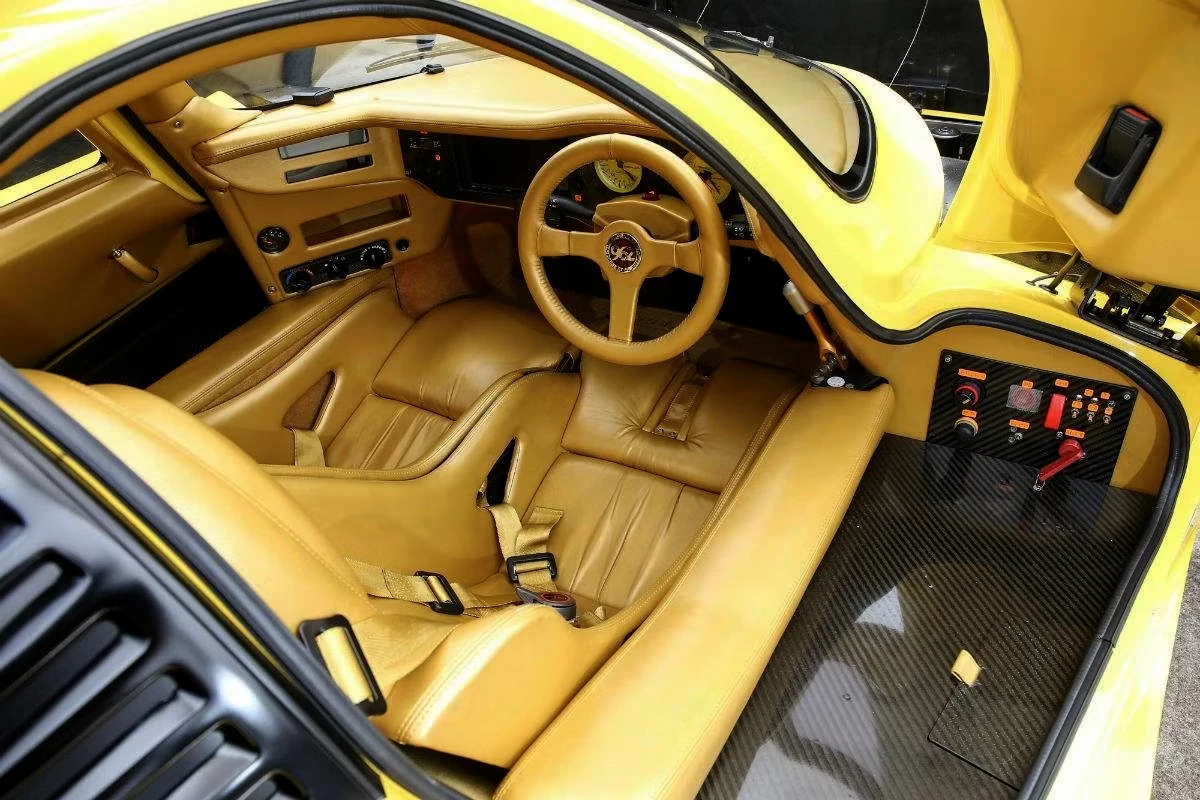
These days, Michael Simcoe's star has risen and the beauty he extracted from an ugly duckling with limited time and resources pointed to a bright future. Simco is now much better known as the Vice President of Global Design at General Motors, a position that was previously filled by such automotive tastemeisters as Harley Earl and Bill Mitchell.
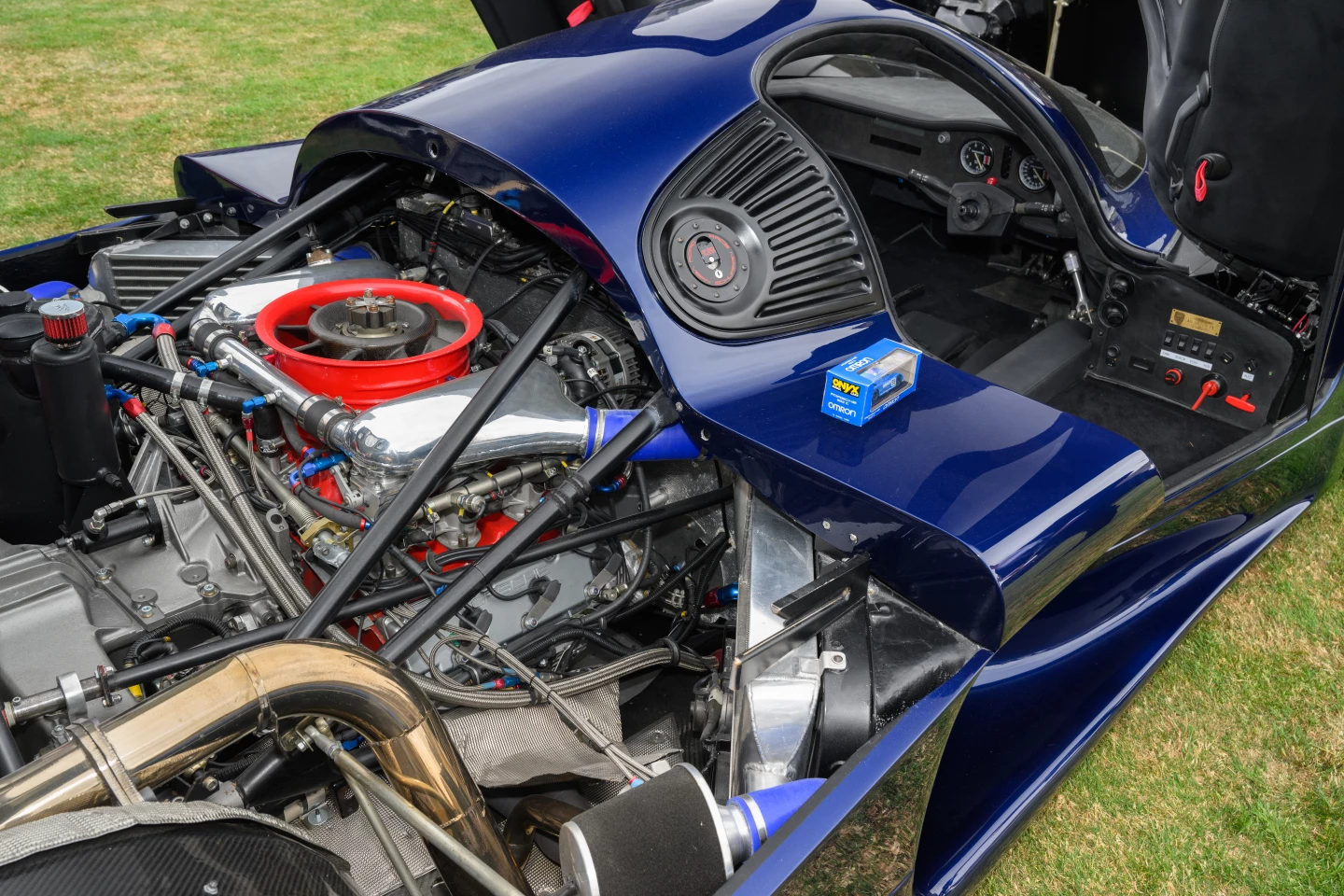
Schuppan had become very well known and highly respected while winning the 1983 Japanese Sports-Prototype Championship and he was approached by a cashed up backer to produce 50 street-legal, pure Le Mans cars. That got the project underway and quite soon the car was being developed from the former Tiga Racing Car factory, using the Porsche 962 that had placed tenth at Le Mans in 1988 as the development mule.
What looked like a well-funded straightforward proposition of building 50 road-going racecars went pear-shaped as the world economic climate became volatile at this point, and the 50 Le Mans road cars soon became 25 GT-style cars, with the entire enterprise subjected to a fiscal hurricane that eventually led to the Japanese backers unable to meet their financial commitments and bankruptcy ensued for Schuppan's company with only a handful of cars produced.

Further Reading: If you are interested in obtaining further information on the Schuppan 962CR, might we suggest a look at the original brochure, and the most detailed and accurate information we have found can be obtained from this article from Trevor Crisp, who began work as part of the development team at Vern Schuppan Ltd (VSL) in January 1991 and witnessed the entire affair. Another excellent article on the subject is in Magneto Magazine by Nathan Chadwick. Nathan interviewed Vern Schuppan in the lead-up to the London Concours which is featured in our image gallery.
Where to buy: the prototype Schuppan 962CR is for sale at Bingo Sports, Japan's leading elite car dealership and auction house. While you're there, the cars in stock reads more like an automotive museum than an elite car dealership. In regards to the price, we have no perspective or valid reference points that we can use to even estimate what Bingo might be asking. In its day, it sold new at roughly double what it cost for a McLaren F1, and they now sell for $20 million, but we don't think Bingo are asking anything like eight figures. It is nonetheless a significant sportscar that sold new for $1.5 million 30 years ago and hence the price will have seven figures. Any ideas?



